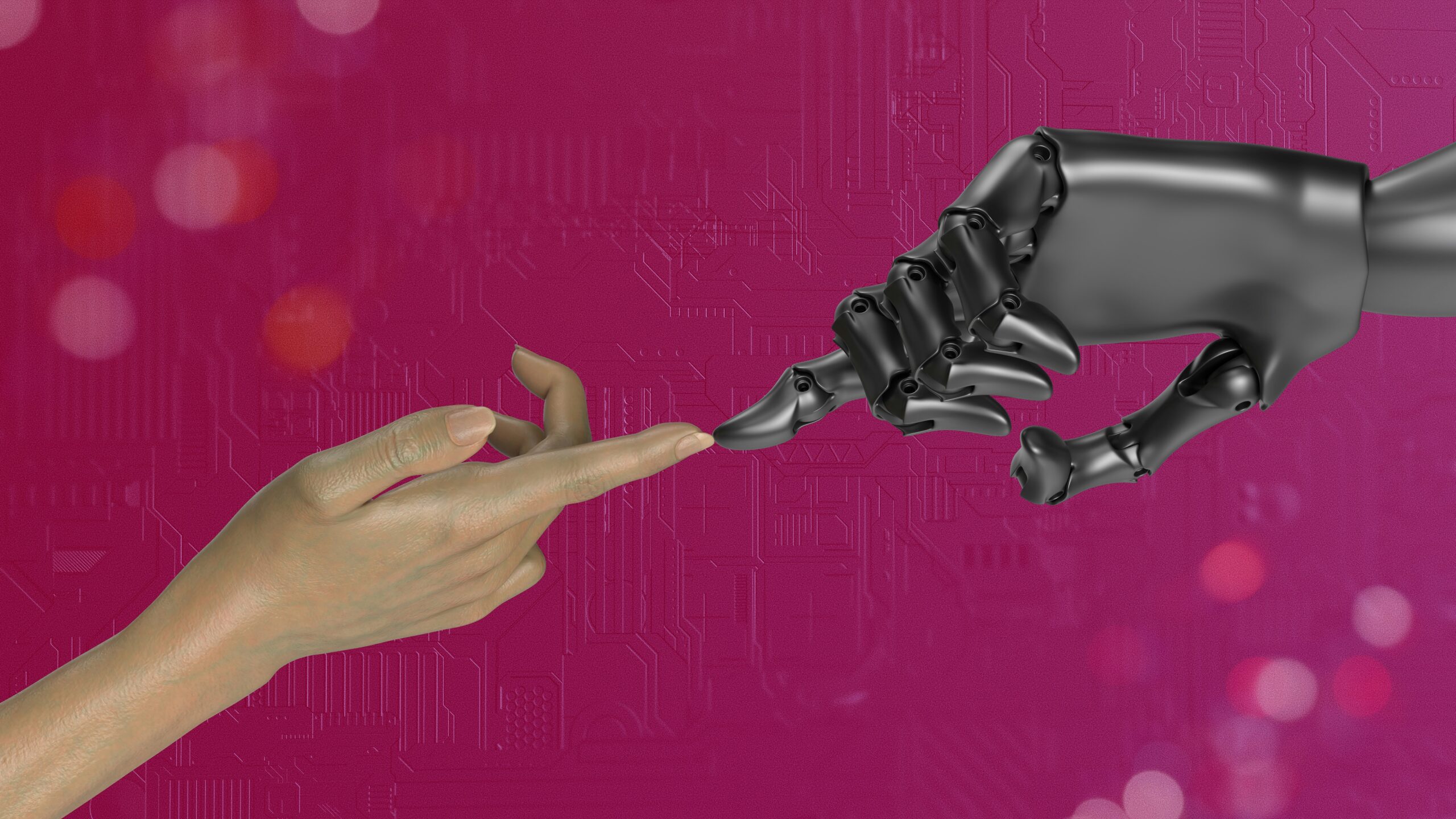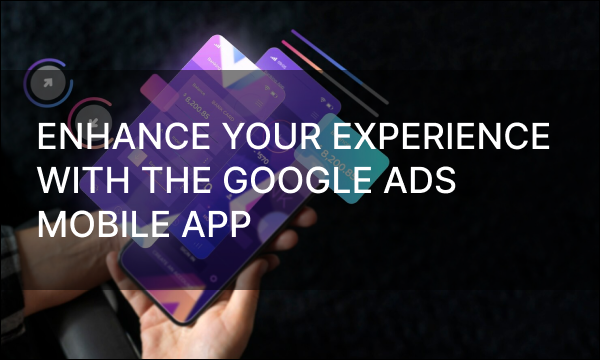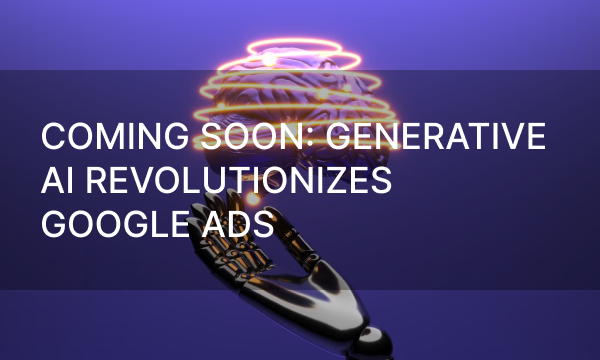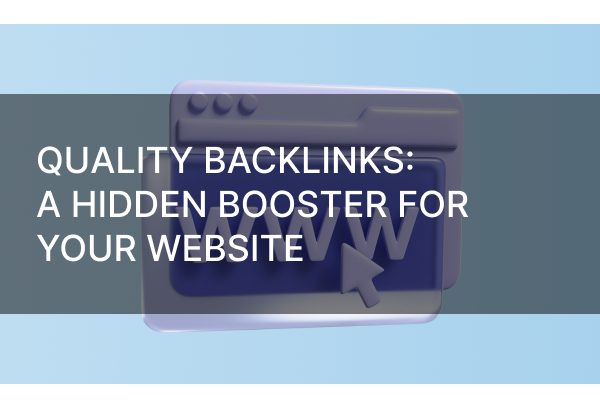Introduction to the PPC automation layering
In a data-driven world, PPC automation is a powerful tool to significantly boost ad campaign performance and profitability. While manual routine might seem familiar, it can lead to wasted time and limited results. Even for managing a small number of accounts, combining human expertise with automation can help get the most out of your PPC efforts.
Success in today’s competitive advertising landscape requires a strategic, data-driven approach to Google Ads. Businesses are embracing layered PPC automation to achieve optimal campaign performance. This shift involves leveraging automation to streamline workflows, optimize bids and targeting, and ultimately drive better and generate a higher ROI.
This article reveals the hidden power of layered PPC automation in Google Ads. We’ll delve into the various levels of automation, their benefits and actionable strategies to drive ROI. Whether you’re a PPC pro or a novice in the world of digital marketing, you’ll gain a clear understanding of PPC automation layering structure, the impact of automation on Google Ads, and best practices for implementing layered automation. As a result, you’ll be equipped with the knowledge and tools to unlock the potential of Google Ads automation and elevate your campaigns to new levels.
PPC Automation Layering Structure
PPC automation layering involves the systematic use of multiple tools and rule sets to manage and enhance PPC campaigns. This layering approach aims to maximize performance with the help of automation features and technologies. It involves different levels of campaign management, from account structure optimization to detailed bid and keyword adjustments. By automating routine tasks and applying data-driven analytics, layered automation helps you optimize campaign performance and targeting.
PPC automation layering structure is a synthesis of correlated layers:
- Data Layer collects and processes data from websites, CRMs, and customer interactions.
- Analysis Layer uses algorithms to identify patterns and optimization opportunities.
- Strategy Layer sets campaign goals and outlines the strategic roadmap.
- Execution Layer automates bidding, ad creation, budgeting, and campaign management.
- Insights Layer uses artificial intelligence and machine learning to analyze data, identify trends, and gain insights.
- Reporting Layer evaluates results, generates reports, and provides information to refine strategies.
- Keyword Layer uses historical data and current trends to identify relevant keywords, optimize and adjust bidding strategies.
- Bidding Layer optimizes bids in real-time, maximizing ROI based on competition, position and conversion rates.
- Ad Copy Layer generates personalized ad copy to target audiences based on their segments and campaign performance.
- Automation Layer integrates all layers together and controls the overall process.
Automation layering offers various tools to streamline PPC operations:
- Smart Bidding automates keyword bidding in line with campaign goals.
- Automated PPC Rules allow for creating scheduled rules.
- PPC Scripts trigger specific actions based on predefined parameters.
- Google Ads Recommendations analyze results and suggest actions.
- Third-Party Automation Tools provide advanced functionality.
PPC Automation Layering vs. PPC Experts
Automation has undoubtedly streamlined routine tasks, but it has not reduced the need for PPC experts. Instead, their role has expanded to include more strategic, analytical, and creative aspects. As automation and AI are becoming more involved in everyday management, PPC experts will have to spend more time on the following tasks:
- Analyzing data and quality
- Making strategic decision
- Reviewing and optimizing outputs from automation
The question of whether automation will replace PPC experts remains open. Automation will not displace human expertise. While automation tools have revolutionized the industry, they are limited in their ability to fully replicate strategic thinking and professional insights.
Automation excels at handling data analysis, making adjustments based on predefined parameters, and optimizing bids within set frameworks. However, it lacks the human touch needed for critical elements such as market trend analysis, competitor research, audience segmentation, and creative development. Strategic campaign planning, creating compelling ad copy, identifying target audiences, and adapting to the constantly evolving landscape of search engines still require human expertise.
Automation based on rules and data potentially misses opportunities or fails to adapt to sudden market shifts. PPC experts use their experience and insights to adjust strategies, make informed decisions, and capitalize on emergent trends. The future of PPC is a collaborative approach that automates the technical aspects while experts focus on the strategic and creative elements. This ensures optimal campaign performance and ROI.
Benefits of cross-channel integration
Integrating PPC automation with other marketing channels transforms ad campaigns from isolated efforts to a collaborative customer journey that drives ROI. By combining PPC with email, social media, content, and even offline channels, a unified experience is created that relies on rapid data sharing across automation platforms. It is personalized by retargeting users with PPC ads based on their email opens or social media activity.
The benefits are clear: increased brand awareness, deeper engagement, higher conversion rates, and improved customer lifetime value. However, navigating cross-channel integration requires careful planning. Ensuring data privacy, addressing potential synchronization issues, and platform compatibility demand a well-defined strategy and ongoing monitoring. Automation and channel orchestration create a seamless user experience that delivers tangible results and takes marketing efforts to the next level.
PPC Automation Layering Use Cases
This layering approach uses data-driven insights to optimize campaigns, ensuring they respond to market dynamics and allocate budgets wisely.
PPC experts can use the power of automation technologies to enhance campaign performance. Leveraging automation layering techniques, marketers can streamline tasks, achieve efficiency, and optimize results.
Examples of such techniques include:
1. Making the Most of Smart Bidding Capabilities
Smart Bidding offers a good solution for optimizing bid management by eliminating the need for manual adjustments, but its effectiveness depends on the quality of data it receives. Like any machine learning system, it relies on accurate and relevant information to make optimal decisions, so a deep understanding of its functions and inputs is crucial for correct work.
To optimize campaign performance, choose a Smart Bidding strategy based on a specific business goal:
- Target CPA: Set a desired cost per action to drive actions at a specific bid.
- Target ROAS: Aim for a specific ROI by optimizing bids to maximize revenue.
- Maximize Conversions: Focus on maximizing conversions within ad budget.
- Maximize Conversion Value: Optimize bids to increase the total value of conversions.
2. Interacting with Recommendations & Insights to Improve Automated Outputs
The aim of ad algorithms is to enhance performance by continuous learning. However, their efficiency depends on the initial inputs. Despite skepticism about the relevance of Google Ads Recommendations or Insights, they are designed to optimize based on marketers’ feedback. Dismissing recommendations altogether is not the best way to go forward. Marketers can make use of them by rejecting suggestions while providing reasons, for example, ‘not relevant.’
By interacting with the Recommendations and Insights tab regularly, marketers can guide the algorithms in prioritizing important signals for optimization. These tools can significantly reduce manual effort, freeing up time for strategic account management. Training the algorithms through feedback enables recommendations and insights to become more relevant, ultimately enhancing campaign performance.
3. Automating Competitor Analysis With Tools
Layering PPC automation requires a strategic and gradual approach. Start by automating simple tasks like bid adjustments and keyword selection, and extend automation to more complex ones like campaign optimization, audience targeting, and performance analysis. Use data-driven insights to make decisions, monitor and refine ad campaigns. Try to use automation platforms that offer flexibility and customization to meet specific needs.
By following this approach, you can enjoy the benefits of PPC automation, achieve improved campaign performance, significant time savings, and increased ROI. Remember, the key to success lies in finding the right balance between automation and human oversight. Automation should be viewed as a powerful tool to enhance PPC strategy, not replace it entirely.
Best Practices for PPC Automation Layering
By integrating PPC automation layering, businesses have achieved remarkable results in campaign performance. One e-commerce retailer implemented automation to streamline bidding strategies, reducing CPA by 20% and boosting conversions by 15%. Automated bidding powered by machine learning dynamically adjusts bids based on real-time data to ensure optimal ad timing, better ad placement and achieve maximized ROI.
Similarly, a B2B software company employed automation for ad copy testing. Automated A/B testing revealed high-performing ad variations, leading to a 30% surge in CTR and 10% increase in lead generation. The automated process streamlined testing, saving time and human resources while ensuring continuous optimization for the future adjustments.
A travel agency implemented automation for media advertising management. Automated targeting and retargeting strategies enabled them to reach relevant audiences, resulting in a 25% rise in bookings and 10% reduction in ad spend. These case studies show the transformative impact of PPC automation layering, allowing businesses to significantly enhance efficiency, performance, and ultimately, profitability.
The Future of PPC Automation Layering
The rise of PPC automation will undoubtedly impact digital marketing strategies. AI and ML algorithms provide marketers with sophisticated automation tools that streamline PPC campaigns, optimize performance, and deliver high ROI. As PPC automation evolves, groundbreaking capabilities await. Predictive analytics help marketers forecast campaign outcomes and make informed data-based decisions regarding budget allocation and targeting. NLP will facilitate intuitive and conversational interactions with automation tools.
The future of PPC automation is filled with promise. Marketers can use emerging technologies to automate routine tasks, enhance performance, and drive efficiency. By embracing these advances, marketers can stay at the forefront of the industry and maximize results of their PPC campaigns.
Conclusion
PPC automation has been around for a while, with each passing year bringing new advancements. Automation layering has changed the tasks traditionally handled by PPC managers. PPC automation layering employs AI and ML tools as well as NLP techniques to streamline PPC campaigns. However, it’s crucial to recognize that human expertise remains indispensable in developing and executing effective PPC strategies.
Automated optimization techniques lead to tangible results like increased CTRs, higher conversions, and better ROI. PPC automation also reduces wasted ad spend thanks to smart bidding and targeting. Automation provides data-driven insights, allowing decisions to be made based on real-time performance metrics. Automated PPC campaigns are agile, quickly adapt to market shifts, and ultimately, give businesses a competitive edge.





